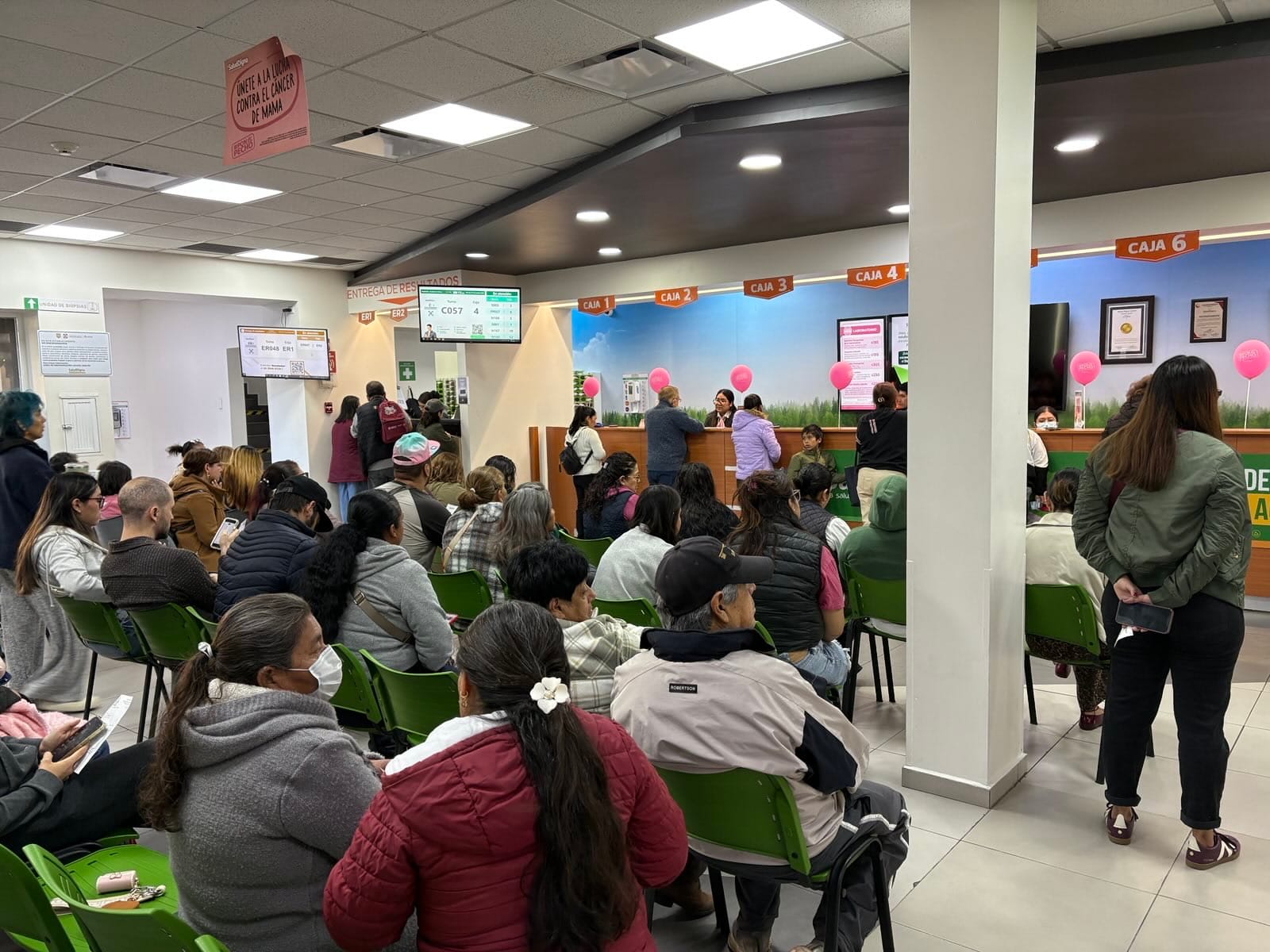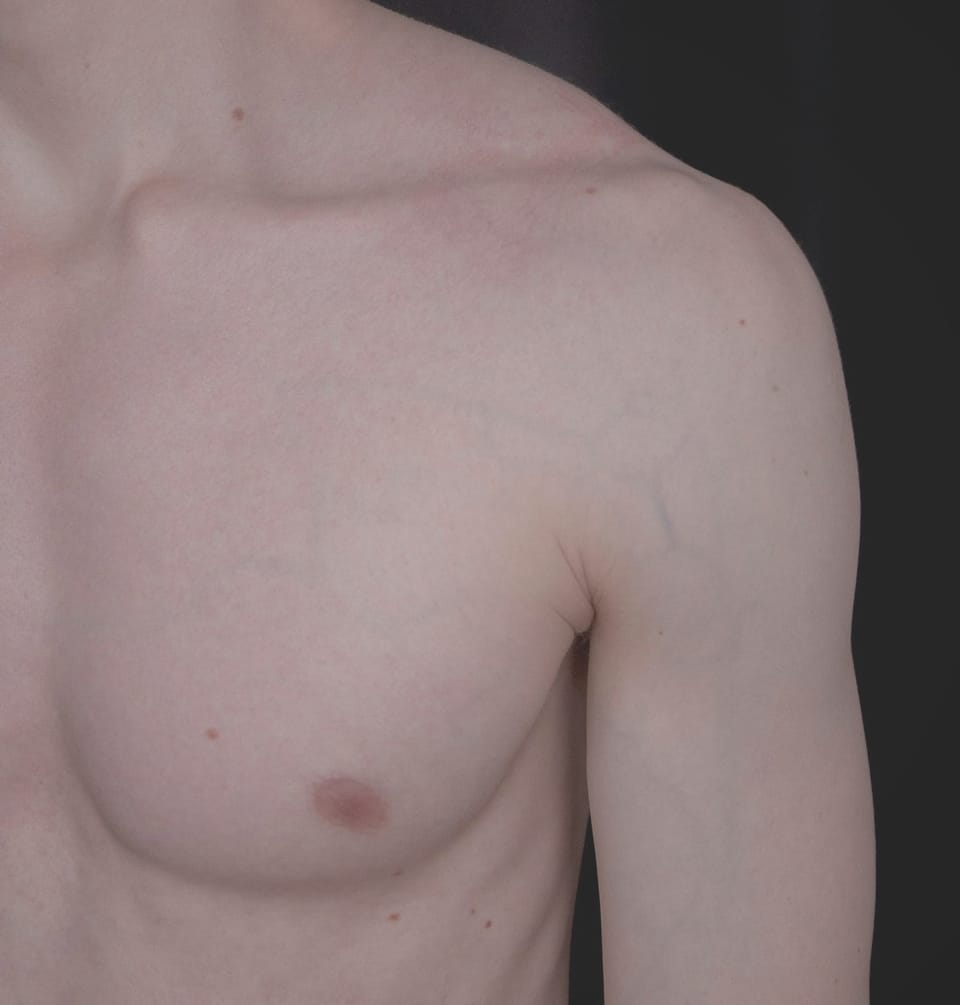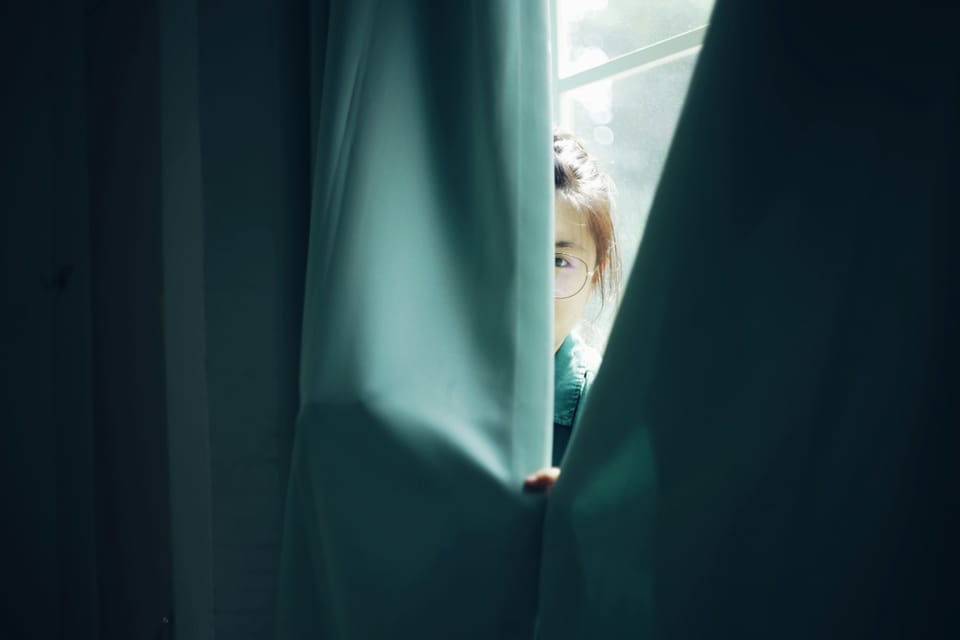Update from Mexico City
It’s good here. Also, it’s not utopia. JJ and I are slowly learning the nuances of healthcare and gender culture

When we first got to CDMX—Ciudad de México—our elation on learning we could buy T over the counter could have fueled a hot air balloon. Now JJ and I are spending a lot more time on the ground, navigating the obstacle course of medical bureaucracy and other things, including:
A bathroom.
We chose JJ’s school because it had a gender-neutral bathroom by the front door. You couldn’t miss it: GENDER NEUTRAL BATHROOM was spelled out in round, rainbow-colored letters. True, the sign had clearly been painted by young children and was not explicitly LGBTQ+, but it seemed like a message to us.
That was February, 2025, on our first visit. We were touring potential high schools for JJ and planning our move out of the U.S., away from the trans panic. We wanted to see who we might be in Mexico City.
We wound up choosing the school for its academics too, not just the rainbow bathroom—but the bathroom beamed out as A Sign. At JJ’s high school back home, the only gender-neutral bathroom was down three levels, via slow elevator, in a sub-basement.
We have now been in CDMX three months. Here’s an update on that welcoming bathroom: turns out it was the only gender-neutral bathroom on an old campus, the kind with a collection of outdoor buildings connected by a variety of paths and crumbling stairways. Hard to navigate, to say the least. Good luck finding the time to visit that gender-neutral bathroom between classes!
Also, no other student at JJ’s school identifies as trans.
What’s not talked about.
From the get-go, everyone at JJ’s new high school assumed they are male. JJ decided to go with the flow instead of revealing that they are nonbinary and having to explain.
In Mexico City, transgender issues do not get the inflammatory attention they do in the U.S. That’s good. But it’s also not the whole story.
JJ’s transness quickly fell into the background of their social interactions. But this, it soon became apparent, was not so much evidence of acceptance by teachers and peers as an indication that trans issues are simply not discussed here. And are mostly unrecognized.
Out in the world, when I say that my kid is transgenero, the complete lack of awareness I encounter has come to feel like a sort of otherworldly innocence. It takes time to explain.
For example, at a hair salon, as I struggle to calculate the appropriate amount to tip the saint who just spent a half-hour salvaging my eyebrows with wax and tweezers, the aesthetician asks why I moved here. I try to answer. We both rely heavily on facial expressions and hand gestures. Her Ingles is nonexistent; my Espanol is thwarted by an inability to pronounce certain letters. We spell out words in pen on the backs of receipts. We curse Google Translate as we tap out sentences on our respective phone screens.
Eventually, I get across what was happening to my child in los Estados Unidos. Our eyes lock. She draws her finger across her neck. Done.
Here, family is everything.
Labs.
Seventeen years ago, I made the mistake of getting an out-of-network ultrasound of my gestating fetus. When I got billed $2,000, I swore I’d never make that mistake again.
In CDMX, I buy JJ’s T, as well as my antidepressant, over the counter at the local farmacía with no problem. For tests and bloodwork ordered by our beloved Dr. Rivera, JJ’s gender care provider, we visit a lab a 30-minute walk from our apartment. (We gave up our car on coming here and now walk almost everywhere.)

The lab has an enormous waiting room where folks sit or stand, clutching and continually glancing at the number on their receipt—a scene exactly like the DMV back home (except, we soon discover, much more efficient).
When we leave, our bill for two ultrasounds and bloodwork comes to 2,500 pesos—approximately $135 U.S. dollars. On seeing this total, I feel like I have won the lottery. Which is to say, I feel emancipated from a decades-long fear of punishing medical bills, despite having always had medical coverage.
Of course, that’s not the whole story As a friend here reminds me, the monthly average salary in Mexico City is 12,000 pesos. I can afford these tests, but they are entirely out of reach for most folks.
Trying to get health insurance.
I have no doubt we could get by day-to-day without health insurance. The clinic in which JJ will soon be enrolled, having completed a series of steps that require the aforementioned sonograms and bloodwork, is funded by the government and serves migrants; it offers a broad range of gender-affirming care at no cost. But in the event JJ or I get hit by a bus, which seems like a very real possibility as we scramble to cross the streets here, we would need a hospitalization policy.
Our Mexican insurance broker has for months been working the angles to get one approved for us. In fact, he started the process before we left the U.S. Every time he thinks he has closed the deal, the company returns with more questions about JJ’s gender affirming care (their top surgery is classified as a “mastectomy”).

Our broker explains that there’s no protocol in place at these insurance companies for gender affirming care. And only 9% to 10% of the Mexican population has health insurance, compared with an alleged 92% of people in the U.S. Moreover, Mexico has strong anti-discrimination laws, he says, so the company will leave no stone unturned in undertaking the decision to accept or deny our application and is combing every detail of JJ’s care.
You’re currently free subscriber to Gender Defiant. Consider upgrading to paid to help underwrite our expenses.
Submitting the required authentication is not easy. I turned in the form verifying JJ’s need for top surgery, which they had over three years ago, after having it translated from Spanish to English (to be completed by JJ’s pediatrician in the U.S.) and then back into Spanish. Such translations must be done by professionals, who supply lengthy documentation (along with signatures and official seals) to confirm their legitimacy. The company comes back asking for a full medical evaluation by a Mexican doctor.
Medical appointments stretch out far into the future. This week, JJ will have the psychiatric evaluation we scheduled back in August (I write this in November). Next week, we will finally complete the official consult with Dr. Rivera that will supply a medical certificate I can submit to both the company and JJ’s school.
Like every institution here, JJ’s school itself requires a dizzying amount of documentation. I am still in the process of getting their transcripts verified by the Education Department so they can receive a diploma when they graduate in two years. The school also has an additional medical form asking for a cluster of details, including blood type. For the life of me, I can never remember JJ’s blood type.
That bathroom, again.
Just six weeks into 11th grade, JJ texts me in the middle of a school day that the welcoming, rainbow-lettered Gender Neutral Bathroom has suddenly been designated an “Adults Only” bathroom: What does that mean? Where do I pee now?
Having suffered the flood of American anti-trans laws for so long, I can't help getting a familiar, sick feeling and bracing for a fight.
There is a lot of waiting here. Some days I want to drop my head into my hands and cry. But as someone who has worked for a public university for nearly 25 years, I know waiting. I married waiting.
You could call it tenacity, but it’s more that I don't have a choice. Long ago, I realized I wouldn’t get anywhere if I refused to face all these forms head-on. The patience I’ve developed has served me well as a parent of a trans kid.
When I email the school administration about the loss of their only gender-neutral bathroom, I feel certain this is just the beginning of yet another battle over a logistical matter that might, were we not so entrenched as humans in the gender binary, otherwise be easily resolved.
But I am wrong. The school responds in 24 hours. They have not only returned the rainbow-painted gender-neutral bathroom to its original status. They have added a second one. While I know that two gender-neutral bathrooms is not enough, I’ll take this small victory.
—T.C.




